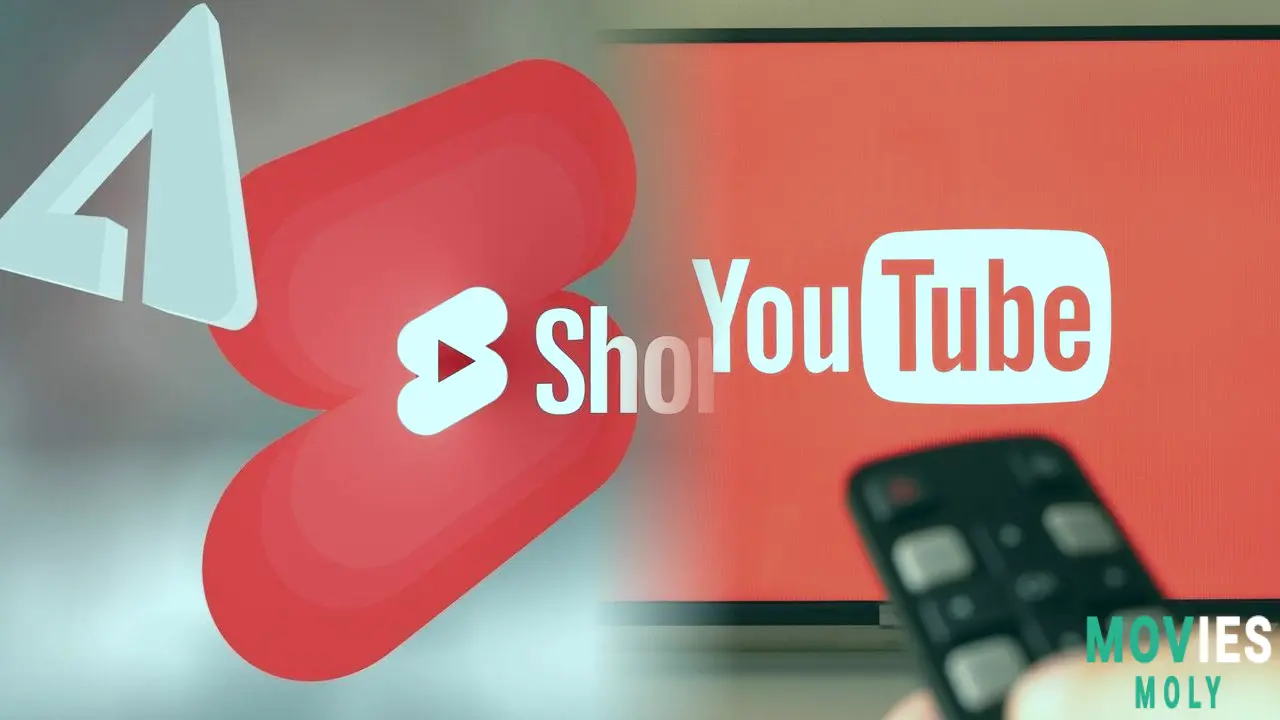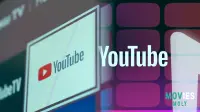In less than a decade, Youtube Tv has flipped the pay-TV world on its head. Launched in 2017, it now reaches over 8 million U.S. households—making it one of the biggest players in live TV. Only Comcast, Charter, and DirecTV have more users. But YouTube TV’s rise hasn’t just been about numbers. It’s been about how the service changes the game—and how that’s created friction with the TV industry.
YouTube TV defies cord-cutting with rapid subscriber growthWhile most traditional pay-TV services have been losing subscribers for years, YouTube TV has been gaining. Its streaming model appeals to younger viewers who aren’t tuning in to cable anymore. Nielsen data shows YouTube TV’s penetration among 25-to-34-year-olds is three times higher than cable’s. For the 35-to-49 age group, it’s double. That demographic shift is crucial. YouTube TV isn’t just replacing cable—it’s winning over the audience that cable lost long ago.
The momentum peaked in 2023 when YouTube TV snagged the NFL Sunday Ticket. That deal gave the platform a major sports boost, driving a subscriber spike. But the growth is now slowing. According to media researcher Bruce Leichtman, YouTube TV’s subscriber gains in 2024 are about half what they were two years ago. The push from premium sports content can only carry you so far.
The advertising strategy that’s ruffling industry feathers
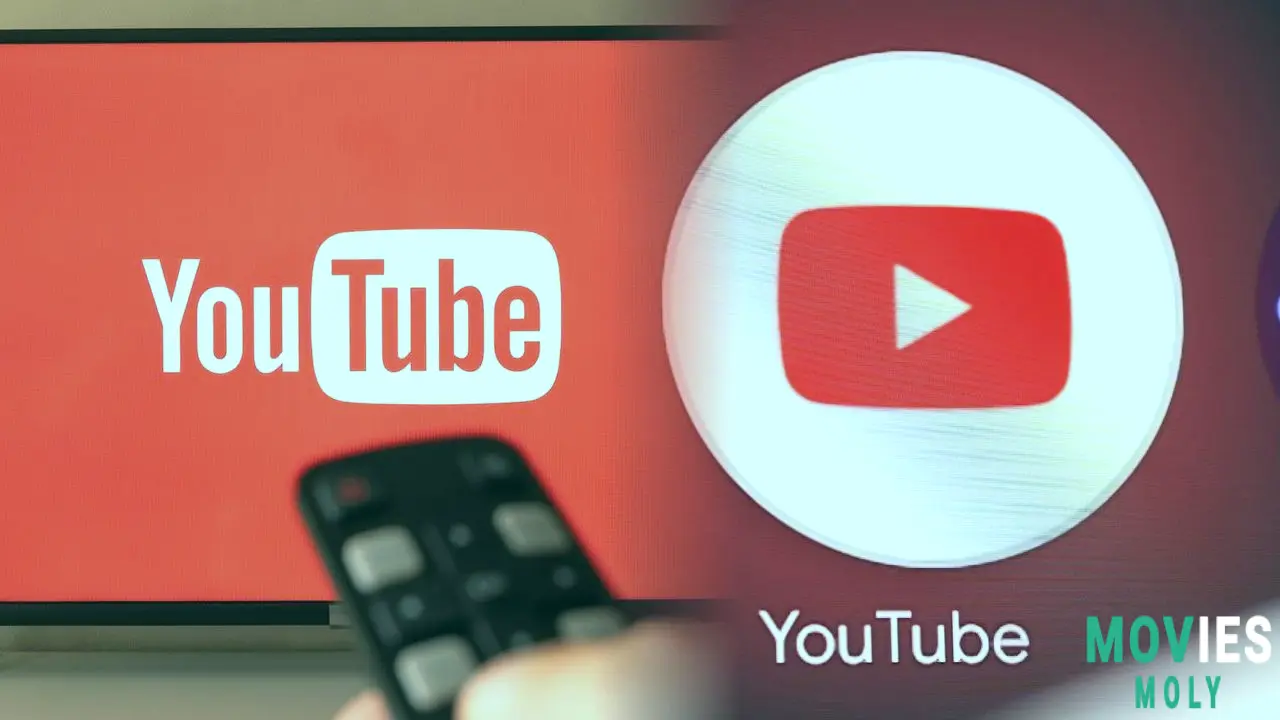
YouTube TV’s approach to ads is one of the biggest breaks from tradition—and the source of most industry grumbling. Unlike cable companies, YouTube TV doesn’t resell unsold ad inventory to programmers. If YouTube can’t sell a commercial slot, it doesn’t just fill the time with its own promos. Instead, it runs “zen” interludes—calming nature scenes with no ads, just a message that says, “Enjoy the zen.”
These ad-free pauses have become a running joke among media buyers. They’re lost revenue opportunities that YouTube TV won’t monetize. Traditional networks see it as a power move. YouTube isn’t playing by the old rules because it doesn’t have to. It’s more interested in user experience—and data—than in short-term ad sales. As one media executive put it, “They’re very machine-like in trying to disadvantage you.”
In response, some networks have started turning the “zen” breaks into something useful. NBCUniversal, for example, repurposed empty ad time into in-house promotions for its various channels. If YouTube TV won’t sell the space, they’ll use it themselves. It’s a small win, but it shows the push and pull happening behind the scenes.
“Zen 24/7”: When a workaround becomes a feature
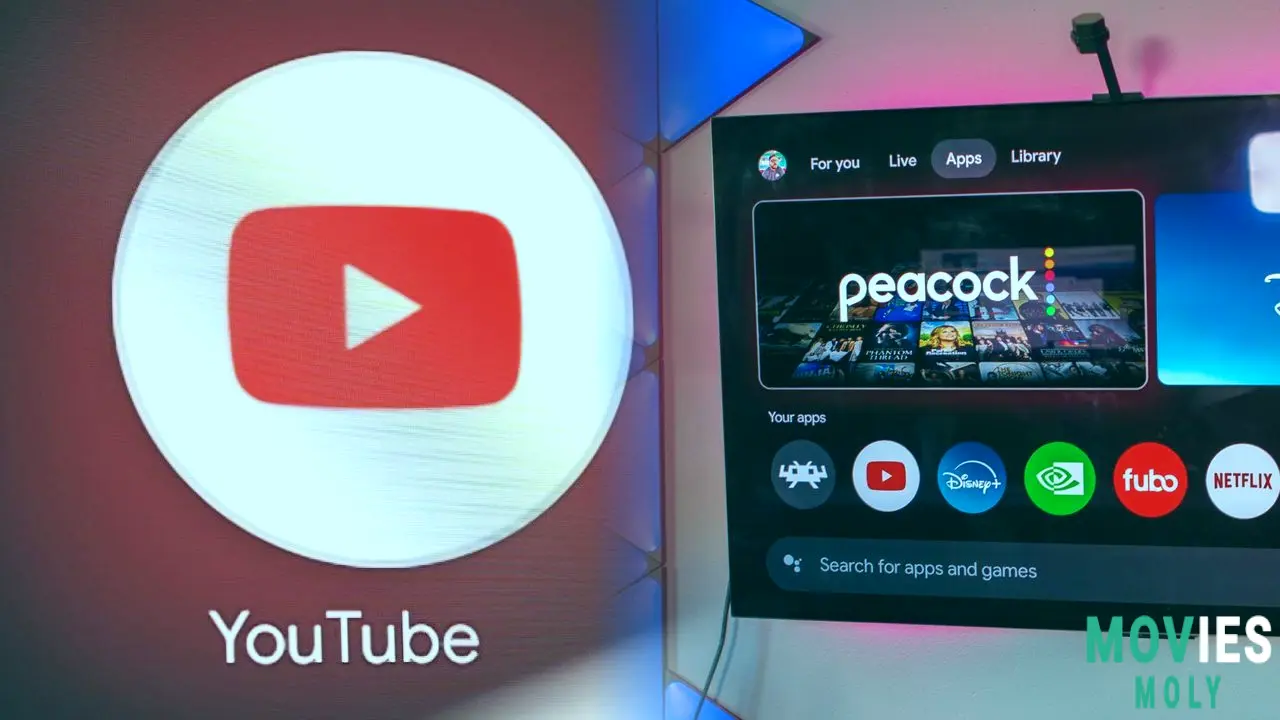
What started as a way to fill unsold ad time without annoying viewers has morphed into its own content genre. YouTube TV recently launched a full-time “Zen channel,” where viewers can watch these nature interludes anytime. The company even tweeted, “You asked and we listened.”
Whether users love it or find it passive-aggressive, the Zen channel is emblematic of YouTube TV’s approach. It’s willing to experiment with the TV format itself. Instead of bombarding viewers with repetitive ads, it offers a break. In an age where people are fleeing TV for ad-light or ad-free streaming, that might not be a bad play—at least for now.
Shorts on TV and the blurred line between YouTube and YouTube TV
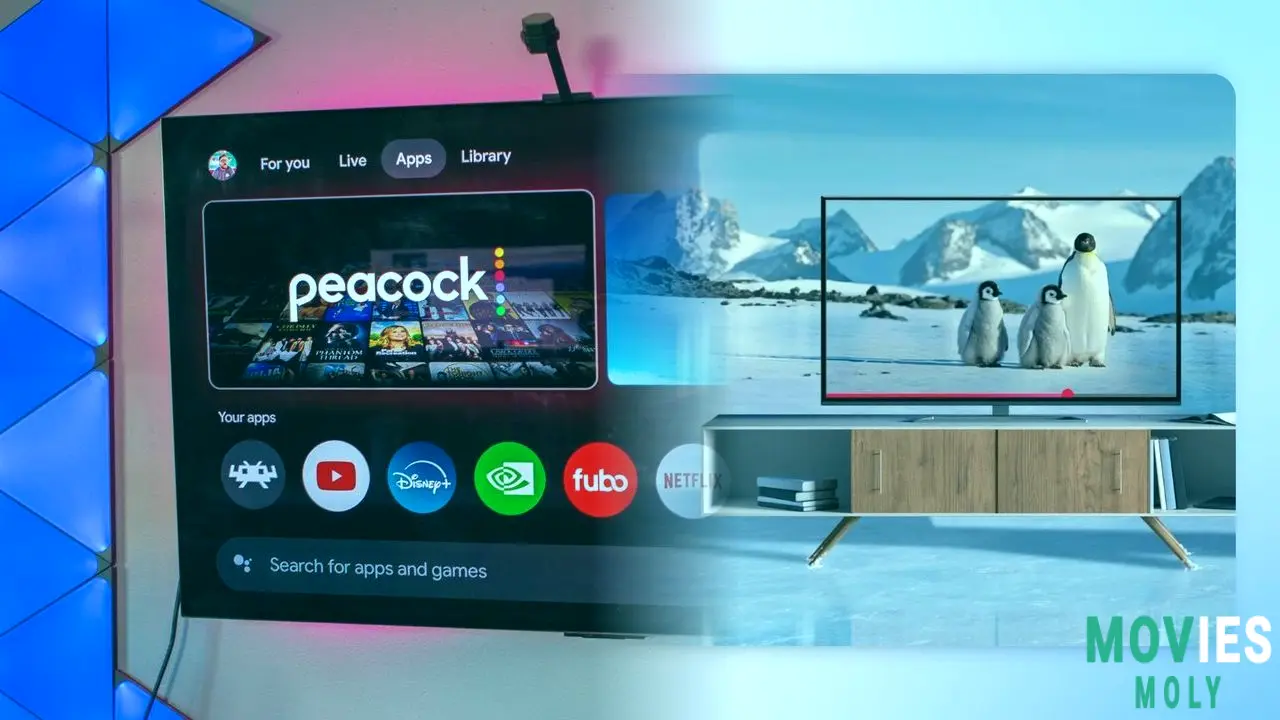
Meanwhile, YouTube’s main app for smart TVs is pushing Shorts front and center, even when users don’t want it. A new dedicated Shorts feed now sits at the top of the subscriptions page on TV apps. It can’t be turned off. This move has drawn complaints from users who prefer long-form content on their big screens.
It’s a small detail, but it highlights a bigger issue: YouTube TV’s biggest rival might be free YouTube itself. The live TV service can’t lure users away from the main YouTube platform, where Google makes most of its ad money. Without the ability to break users free from free YouTube, YouTube TV risks being stuck in the middle.
Is YouTube TV changing TV or just extending YouTube’s ecosystem?
Industry insiders say YouTube TV doesn’t run its pay-TV business for immediate profit. It wants strategic leverage. That means YouTube TV is less interested in pleasing programmers and more focused on building long-term value for Google. The question is whether that value comes from subscriptions, data, or something else.
For now, YouTube TV is one of the few pay-TV services growing in any meaningful way. It’s attracting a younger audience and experimenting with the format. But as prices climb—now nearly $83 a month—and growth slows, the company will need to rethink how it balances revenue, user experience, and industry relationships.
One former network exec summed it up best: “The problem isn’t that YouTube is ‘foregoing revenue.’ It’s that they’re better at generating it and proving value in return than traditional TV is.”

